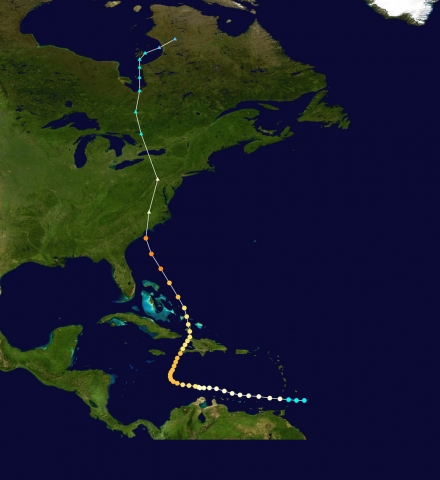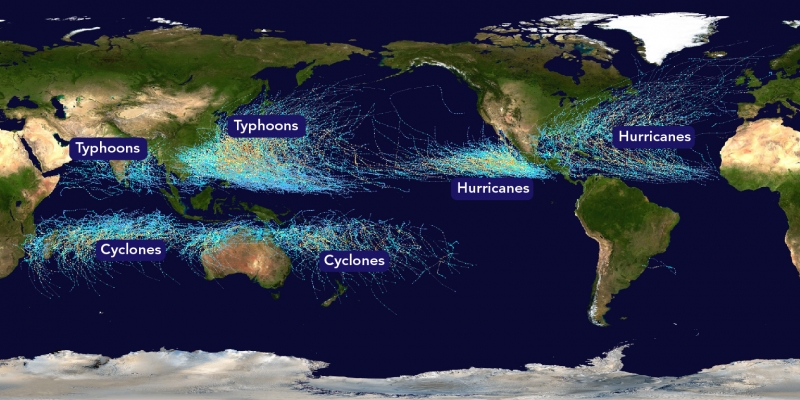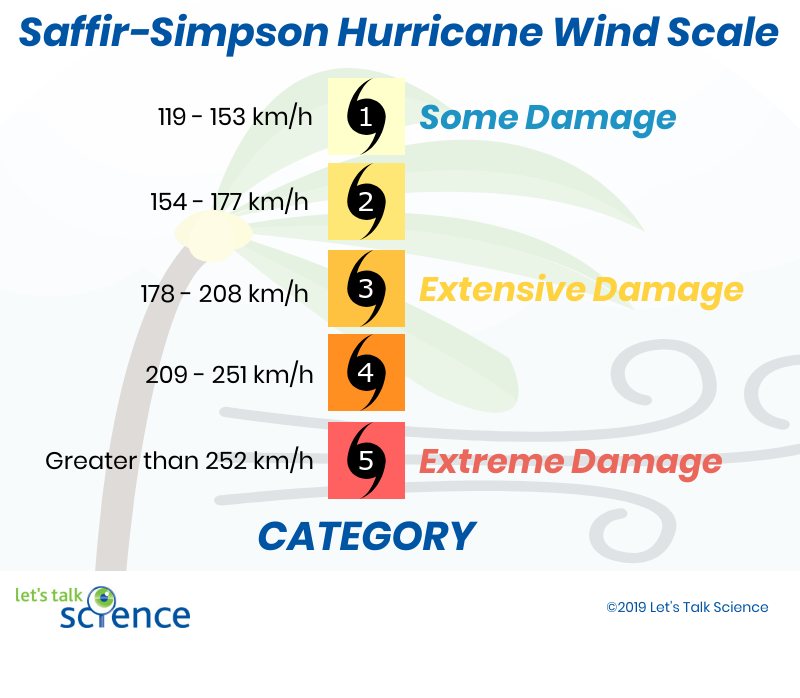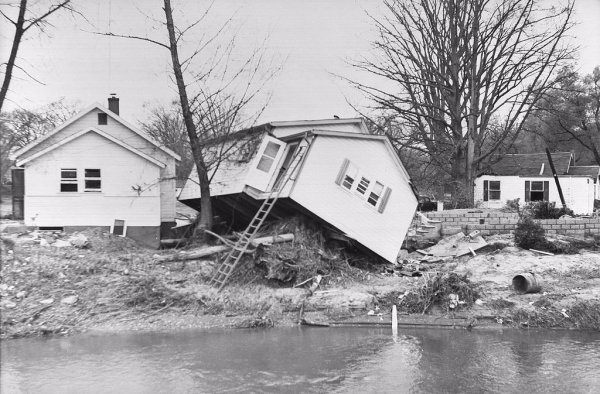Where Do Hurricanes Come From?
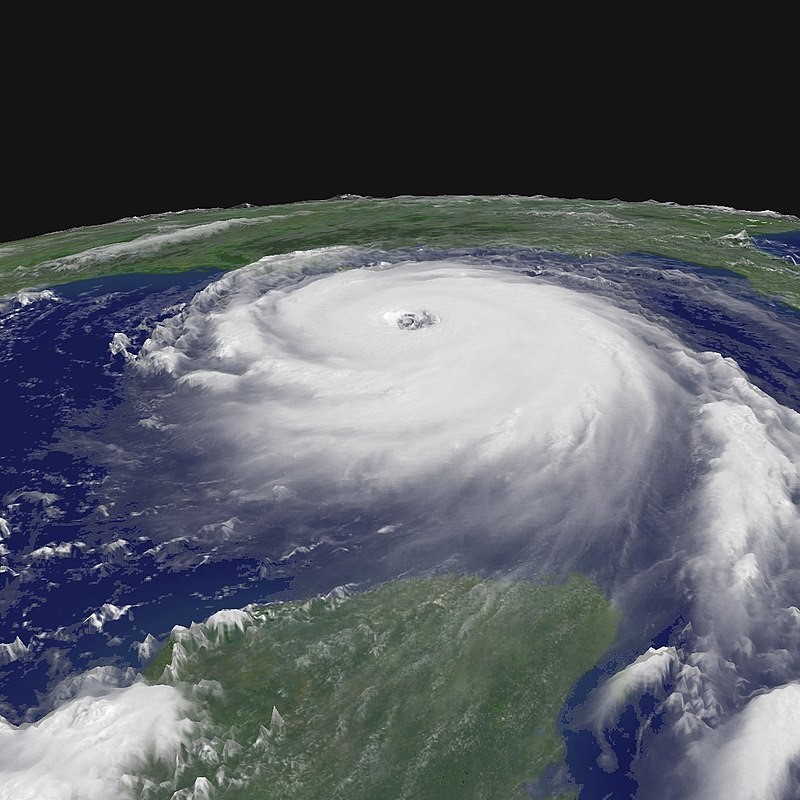
Hurricane Katrina as seen from space (NASA Goddard Space Flight Center [CC BY 2.0], Wikimedia Commons)

Hurricane Katrina as seen from space (NASA Goddard Space Flight Center [CC BY 2.0], Wikimedia Commons)
5.8
How does this align with my curriculum?
Curriculum Alignment
AB
6
Science 6 (2023)
Earth Systems: Understandings of the living world, Earth, and space are deepened by investigating natural systems and their interactions.
NS
8
Science Grade 8 (2020)
Learners will create a model that demonstrates the principles of kinetic molecular theory.
AB
8
Knowledge and Employability Science 8, 9 (revised 2009)
Unit E: Freshwater and Saltwater Systems
BC
11
Earth Sciences 11 (June 2018
Big Idea: The distribution of water has a major influence on weather and climate.
NU
8
Knowledge and Employability Science 8 (Alberta, Revised 2009)
Unit E: Freshwater and Saltwater Systems
YT
11
Earth Sciences 11 (British Columbia, June 2018
Big Idea: The distribution of water has a major influence on weather and climate.
